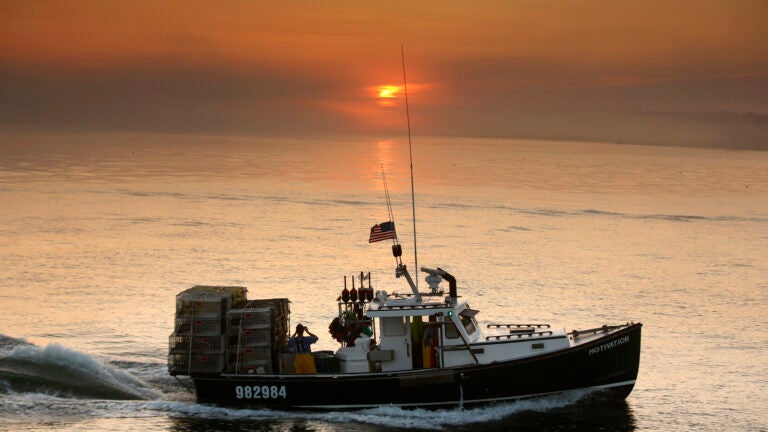Trump’s Executive Orders Lift Fishing Restrictions, Sparking Environmental Concerns
President Trump signs executive orders to ease commercial fishing regulations, aiming to boost seafood production and Pacific economies, facing backlash from environmentalists.
Overview
President Trump signed executive orders to lift restrictions on commercial fishing in the Pacific Islands Heritage Marine National Monument, arguing it will boost U.S. seafood production and support Pacific economies. The administration emphasizes the need to improve competitiveness against foreign fleets due to overregulation and unfair trade practices. However, environmental organizations criticize the orders, stating they may harm marine ecosystems and endangered species. Legal challenges from these groups are anticipated as they seek to maintain existing protections for vulnerable marine areas and fish populations that have already seen declines.
Report issue

Read both sides in 5 minutes each day
Analysis
- Trump's executive orders aim to boost U.S. seafood production and support the economies of Pacific territories by easing fishing regulations and allowing access to previously protected marine areas.
- Supporters argue the orders are necessary to restore economic opportunities for American fishermen and to make the U.S. a leader in seafood production, countering unfair foreign trade practices.
- Environmental groups oppose the orders, fearing they will harm marine ecosystems and endangered species, promising legal action to challenge the decisions.
Articles (3)
Center (1)
FAQ
The Trump administration aims to boost U.S. seafood production, support the economies of American Pacific territories, and help American fishing fleets compete against heavily subsidized foreign fleets by lifting fishing restrictions.
Environmental organizations warn that opening the monument to commercial fishing threatens critical species' habitats, marine ecosystems, and endangered species such as sea turtles and whales. They also emphasize the area's biodiversity and cultural significance, with concerns about the impact on marine life and ancestral heritage.
Environmental groups like Earthjustice have questioned the legality of the executive orders and announced plans to challenge the actions in order to preserve the protections of the marine reserve.
Scientists note that the monument contains some of the most diverse aquatic life on the planet, including resident species such as sharks, rays, marlin, tuna, giant clams, hawksbill turtles, ancient coral forests, whales, and large seabird colonies. The majority of species are resident rather than migratory.
Alongside lifting fishing restrictions, the administration signed a second executive order to ease regulations on the commercial fishing and aquaculture industries, review other national marine monuments for potential expanded access, reduce regulatory burdens, and combat unfair foreign trade practices to strengthen the U.S. fishing industry.
History
- This story does not have any previous versions.


